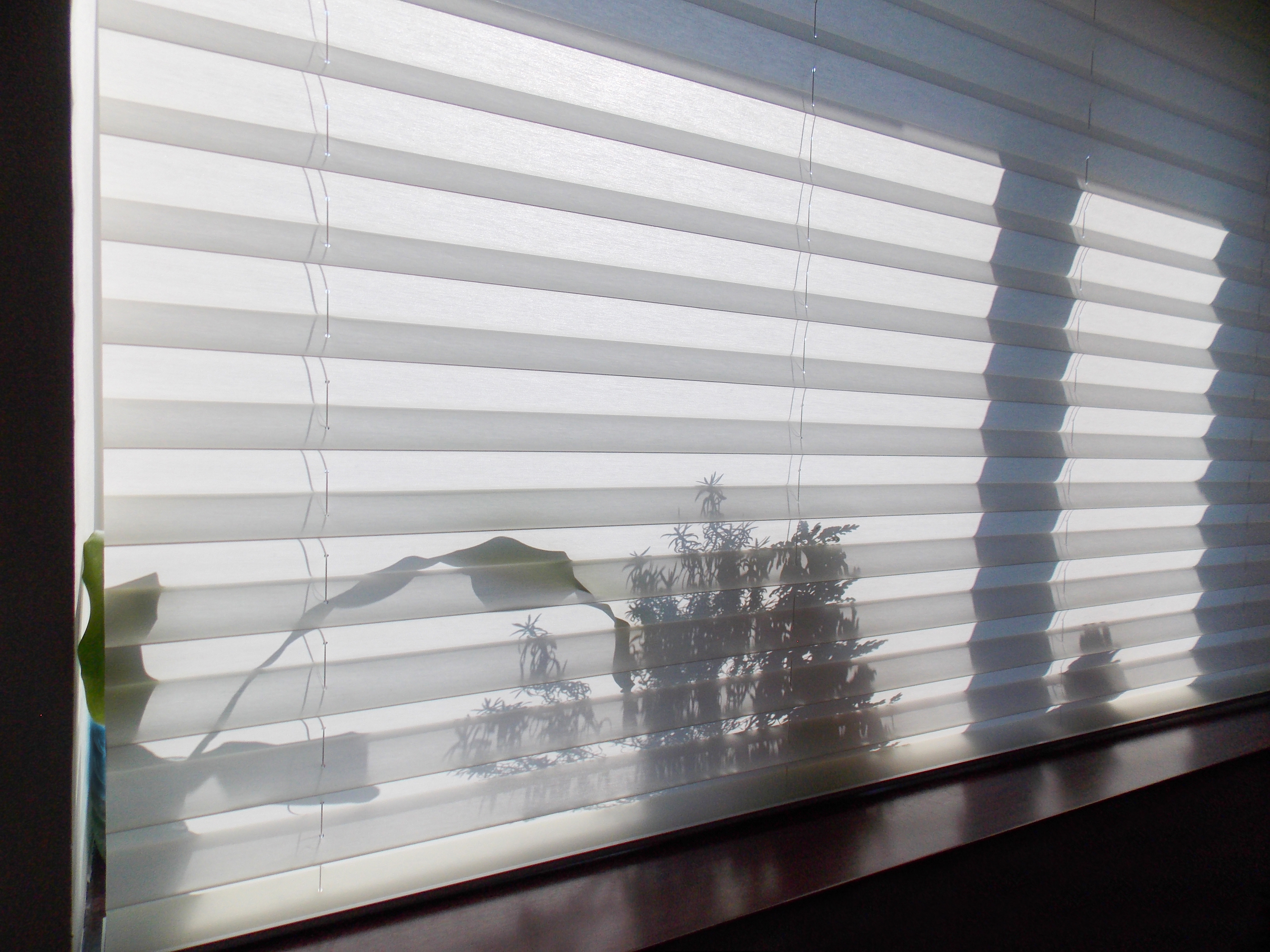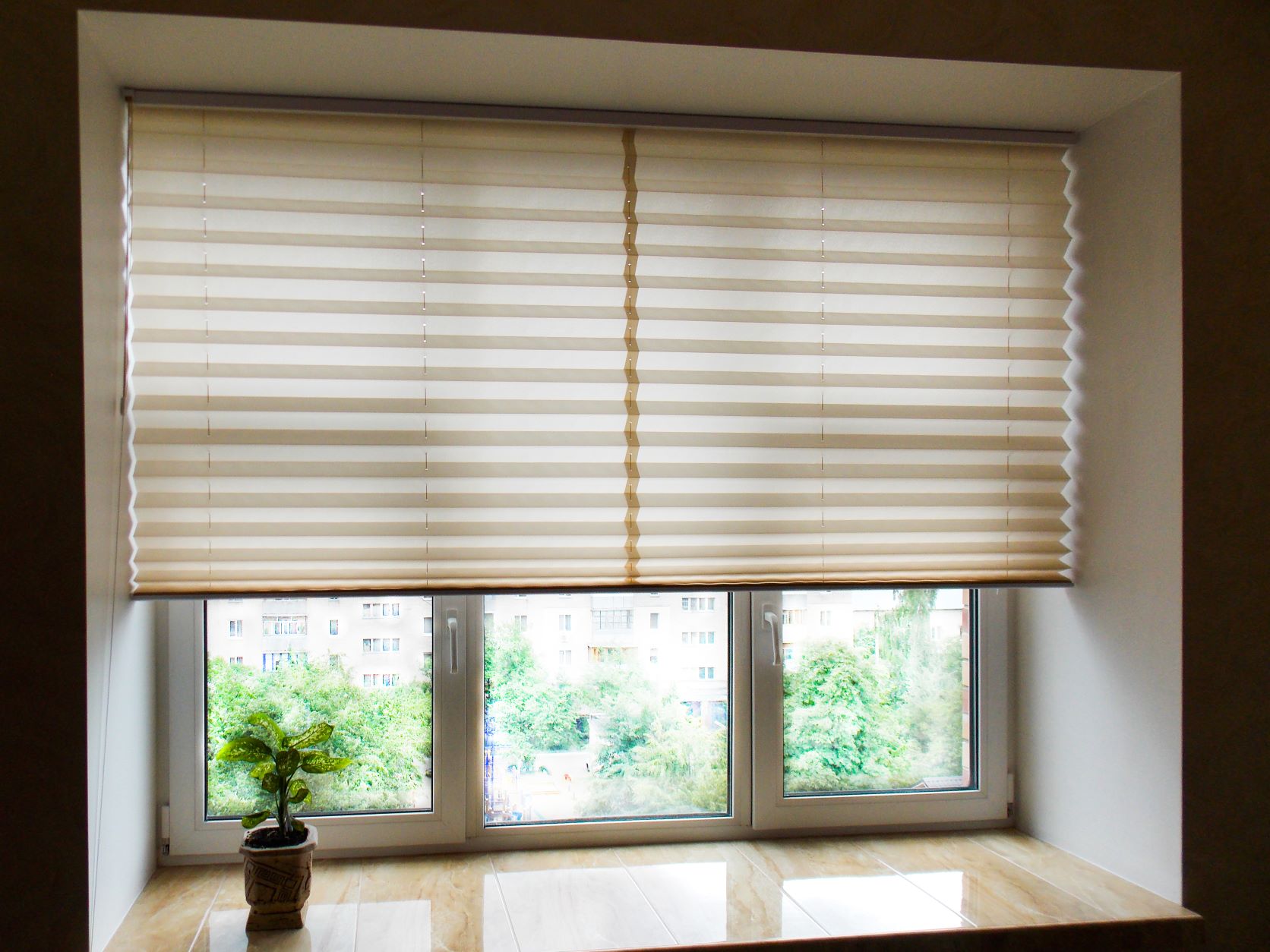The Difference between Single Cell vs. Double Cell Shades
Single cell shades feature a single layer of cells, while double cell shades comprise two rows of cells, with one row closer to the window and the other closer to the room. Due to this dual-layer structure, double cell shades offer superior insulation against external noise. Single cell shades come in wider widths. (3/8 inch to 2 inches). Double cell shades are often narrower in width. (½ inch or less).
Choosing between single and double cell shades often depends on your specific needs and preferences. If energy efficiency and maximum insulation are top priorities, double cell shades may be the better option. However, if you're looking for a more budget-friendly choice that still offers good insulation and light control, single cell shades could be a suitable choice.
Let Bloomin' Blinds be your guide to more information. Click here to find a location near you!

Which Shades to Choose: Single Cell vs. Double Cell Shades?

Single cell and double cell shades are both popular options for window treatments, especially when it comes to energy efficiency and light control. Here's a breakdown of their differences:
Cell Structure:
- Single Cell Shades: These have one layer of fabric with cells or pockets that trap air, providing insulation against heat and cold.
- Double Cell Shades: As the name suggests, these have two layers of cells, offering increased insulation compared to single cell shades.
Insulation:
- Single Cell Shades: They provide decent insulation by trapping air within the cells, helping to reduce energy costs.
- Double Cell Shades: These offer enhanced insulation because of the additional layer of cells, making them more effective in regulating indoor temperatures.
Light Control:
- Single Cell Shades: They can provide good light filtering or room darkening depending on the fabric and opacity chosen.
- Double Cell Shades: Similarly, they offer various levels of light control, but the double layer may provide slightly better light blockage compared to single cell shades.
Appearance:
- Single Cell Shades: These tend to have a simpler appearance due to the single layer of fabric.
- Double Cell Shades: They can appear slightly more textured or layered due to the double cells, which some people find visually appealing.
Cost:
- Single Cell Shades: Generally, these are more budget-friendly compared to double cell shades.
- Double Cell Shades: Due to their extra layer of cells and increased material, they can be a bit more expensive.
Durability:
- Both types are durable and can last for years with proper care. Double cell shades may have a slight advantage in longevity due to their thicker construction.
Is There a Difference between Honeycomb and Cellular Shades?
Honeycomb shades and cellular shades two names for the same thing. This sometimes confuses homeowners shopping for window treatments, who wonder if they are different in some way. Some manufacturers label their shades as cellular, while others use the term honeycomb based on the shape created by the tubular cells when looking at the side of the shades. No matter which name you use, you can rest assured you’re talking about the same type of window treatment.
Do Double Cell Shades Block More Light than Single Cell Shades?
Generally speaking, the material you choose for your cellular shades will have more effect on how much light comes through than whether you opt for single cell or double cell construction. The extra layer of pockets on a double cell shade offers extra insulation and additional noise reduction, but single and double cell shades are similarly effective at blocking light.
Do Cellular Shades Really Insulate?
Whether single cell or double cell, cellular shades are among the most insulating window treatments available. The pockets of air created by the cells add a barrier for hot or cold air trying to pass through, which helps keep your home at the temperature you want. Thanks to twice the insulating air pockets, double cell shades offer exceptional energy efficiency and can make a significant impact on your heating or cooling bills.
Ready to find the perfect cellular shades for your windows in single cell or double cell construction? Request a free consultationwith Bloomin' Blinds today!
 About the Author: Kris Stuart, Bloomin’ Blinds
About the Author: Kris Stuart, Bloomin’ Blinds
Kris has been a window covering expert in the industry since 2001. He has expertise in a wide range of window covering matters, including repairs, installations, sales, and administration. In his free time, Kris loves to spend time with his wife and kids, making them laugh, travel together, and trying new hobbies.
